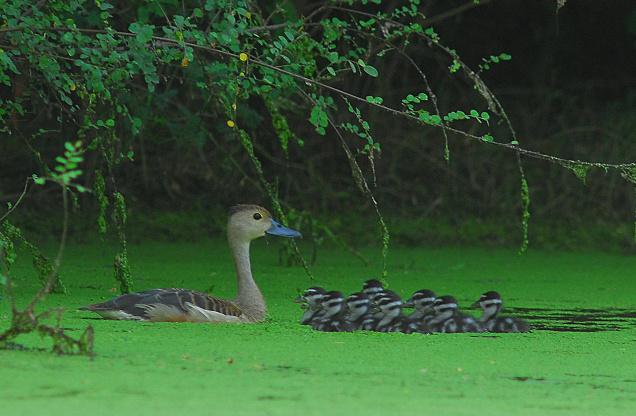MANGALORE, December 12: Though the government is promoting micro hydel power plants near Kukke Subrahmanya with subsidies for those that are above 25 mega watts and waiving the requirement of environmental clearance, they are against environmental protection laws, said T. V. Ramachandra, Senior Scientific Officer, Indian Institute of Science (IISc), Bangalore.
He was speaking to The Hindu, after delivering the keynote address as chief guest at the two-day national seminar on “Trends in biotechnology and its applications”, organised by the Departments of Biotechnology and Botany in St. Aloysius College on Tuesday.
The 24 MW hydel power projects in the area will lead to submerging of 1,700 hectares of land and the plants are against the Forest Conservation Act and in violation of the Biodiversity Act 2002.
He said, “Why displace people when they get no benefits and make them dependent on the plants?”
The area should be called a “heritage” place as it has several endemic species such as Syzgigum travancorecum and Madhuca insignis. A report on the impact of the hydel projects has been given to the local people, he said.
Algae as energy
Earlier, he said algae growing in lakes and waterbodies can provide an alternative energy source. He was delivering the keynote address as chief guest at the two-day national seminar on “Trends in biotechnology and its applications”, organised by the Departments of Biotechnology and Botany of Colelge.
Speaking on “Third generation biofuel from algae”, he said at a time when fossil fuels are reducing with increasing demand for energy, a biofuel based on micro algae could be a source of energy.
At the same time, they also clean up water as they absorb nutrients that aid in the treatment of wastewater. They can grow densely in domestic waste water. They remove nitrogen and phosphorus which are not eliminated even by membrane purifying systems. The extraction of lipid from micro algae grown in wastewater would serve the dual purpose of cost effective waste treatment and as fuel for energy.

